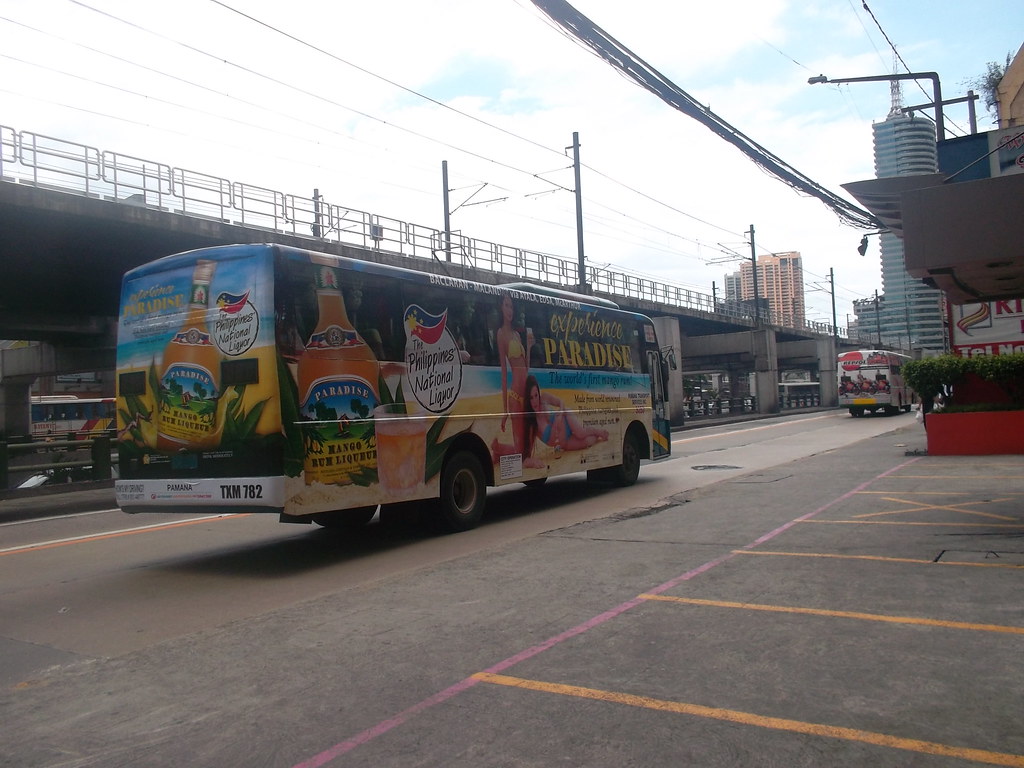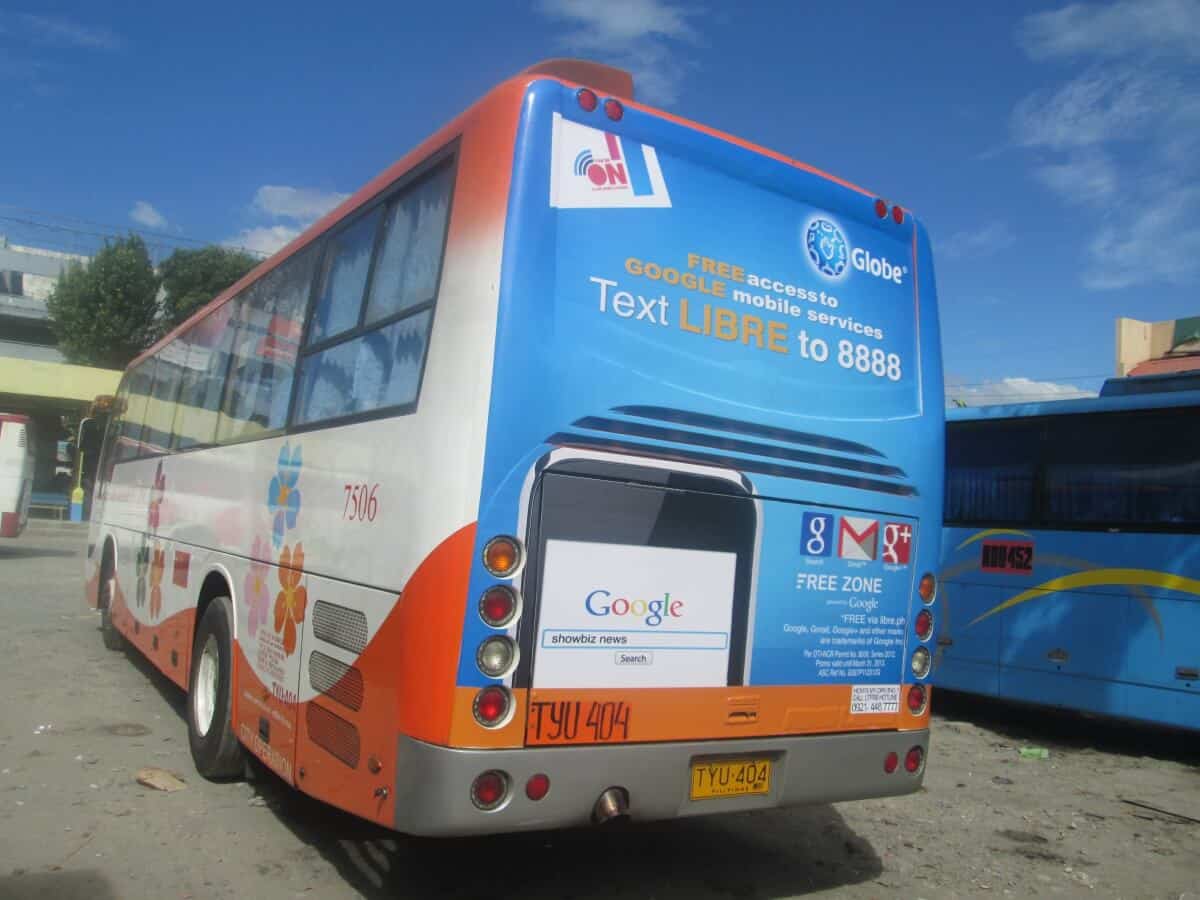Transit Advertising Philippines: Get To Thousands of Commuters Daily
Transit Advertising Philippines: Get To Thousands of Commuters Daily
Blog Article
Understanding the Duty of Transit Marketing in Enhancing Brand Visibility and Customer Engagement
Transportation advertising and marketing has arised as a critical aspect in the advertising and marketing landscape, providing special opportunities for brands to boost their presence and involve consumers efficiently. With the capacity to reach a restricted and varied target market during their everyday commutes, these advertising and marketing strategies are not simply concerning exposure; they have to do with creating significant links with possible consumers. As we explore the diverse advantages and innovative methods within transit marketing, it comes to be vital to consider exactly how these aspects jointly affect customer understanding and behavior, raising inquiries regarding their long-term influence on brand loyalty.
Meaning of Transit Marketing
Transit advertising describes the technique of promoting products, services, or brand names via ads put in and around mass transit systems. This form of advertising encompasses a selection of positionings, including posters on buses and trains, electronic displays at transportation stations, and covers on the outside of cars. It aims to get to a varied target market, maximizing the high foot web traffic associated with public transportation.
Transportation advertising is purposefully placed to capture the interest of commuters, who typically spend substantial time waiting or taking a trip. By incorporating promotions right into the daily regimens of individuals, brand names can produce a lasting impact and foster brand recognition. The tool is particularly reliable in metropolitan settings, where mass transit is a key setting of traveling.
Additionally, transit advertising can assist in localized targeting, enabling services to reach details demographics based on transportation routes and station areas. As urban populaces grow and making use of public transportation increases, this advertising and marketing method has actually acquired prominence as an important part of integrated advertising approaches. The dynamic nature of transit advertising and marketing, integrated with its capacity to involve consumers in a captive atmosphere, emphasizes its relevance in contemporary marketing practices.
Advantages of Transit Marketing
The efficiency of transportation advertising exists in its capacity to supply a wide range of benefits to brands looking for to boost visibility and interaction. One of the main benefits is the substantial reach it supplies; transit advertisements can efficiently target varied demographics throughout city locations, getting to both commuters and pedestrians alike. This wide direct exposure significantly increases brand understanding.
Another benefit is the high frequency of impressions. As transit cars travel along recognized paths and quit at several places, they create repeated exposure that strengthens brand name messages. This frequency promotes familiarity, which is important in consumer decision-making.
Transit advertising is additionally cost-efficient contrasted to various other media platforms. Given its expansive reach and possibility for high perceptions, brands frequently experience a lower price per thousand impacts (CPM), maximizing their advertising budget.
Additionally, transit ads can develop a feeling of community link. By straightening with regional transit systems, brand names can reverberate with regional target markets and promote a sense of local pride. This localized strategy improves brand commitment and interaction, making transit advertising and marketing a compelling selection for services aiming to strengthen their presence on the market.

Effective Approaches for Transit Projects
To make best use of the effect of transit campaigns, brand names ought to leverage calculated planning and execution customized to their target audience. Initially, recognizing the demographic features of the audience making use of public transit is vital. This allows brands to develop customized messaging that reverberates with potential clients.
Following, selecting the ideal transportation tools is necessary. Whether investigate this site utilizing bus wraps, train posters, or electronic screens, each medium has one-of-a-kind benefits that can enhance exposure. As an example, vibrant visuals on bus wraps can stand out, while digital advertisements can be updated often to mirror timely promotions.
Additionally, incorporating a natural branding strategy across transit platforms makes sure consistency and reinforces the brand's identification. Utilizing unforgettable taglines and captivating layouts will certainly strengthen brand name recall amongst travelers.
By employing these web approaches, brand names can successfully harness the potential of transportation advertising and marketing, cultivating higher awareness and connection with their target audience. Inevitably, a well-executed transportation campaign can drive considerable growth in brand presence and customer engagement.

Determining Effect and Engagement
In evaluating the performance of transportation marketing campaigns, exact measurement of impact and engagement is crucial for brands seeking to enhance their advertising and marketing strategies. Metrics such as reach, regularity, and perceptions offer fundamental data to assess presence. Examining these elements aids figure out just how many possible customers are revealed to the advertisements throughout their daily commutes.
Involvement can be further determined via customer interactions, such as web site traffic, social networks mentions, and direct feedbacks to calls-to-action featured in the ads. Utilizing devices like QR codes or special Links can help with tracking of customer habits straight connected to transportation campaigns. Surveys and responses mechanisms additionally serve as valuable techniques to collect qualitative information on consumer understandings and recall of the advertisement.
Additionally, progressed analytics and attribution models can associate transportation direct exposure with subsequent buying actions, offering insights into the roi. By employing a detailed strategy that combines qualitative and measurable measures, brands can establish a nuanced understanding of their transportation advertising and marketing influence. Ultimately, this data-driven strategy enables brand names to improve their campaigns, ensuring they resonate effectively with target audiences and improve general brand presence.
Case Studies of Successful Campaigns
Successful transit ad campaign serve as compelling instances of exactly how efficient approaches can boost brand name presence and interaction. Transit Advertising Philippines. One significant situation is the "I Love New York" campaign, which transformed the city's photo and brought in numerous vacationers. By using subway ads, billboards, and bus wraps, the project developed a strong, cohesive brand name identification, leading to a considerable uptick in tourism and local business patronage
An additional excellent campaign is Coca-Cola's "Share a Coke" campaign, which leveraged transportation marketing to customize the brand experience. By featuring prominent names on promotional products across various transportation platforms, Coca-Cola cultivated a much deeper emotional link with customers, encouraging them to share their experiences on social media.
In addition, the "Got Milk?" campaign effectively made use of public transport ads to get to a broad target market, strengthening the message of the significance of milk in a well balanced diet plan. The campaign saw a quantifiable additional info boost in milk intake in target demographics.
These study highlight that when performed attentively, transit advertising and marketing can substantially boost brand name visibility, foster customer engagement, and drive quantifiable outcomes, demonstrating its essential role in modern-day marketing approaches. - Transit Advertising Philippines
Final Thought
In verdict, transportation advertising serves as an important tool for improving brand exposure and promoting consumer involvement. Inevitably, the ability to determine involvement and evaluate successful case studies highlights the efficiency of transportation advertising and marketing in driving brand name commitment and consumer interactions.
Transit advertising has actually arised as an essential aspect in the advertising landscape, providing distinct opportunities for brands to boost their presence and involve customers efficiently.Additionally, transportation advertising and marketing can promote localized targeting, allowing businesses to reach specific demographics based on transportation paths and station areas.In examining the efficiency of transit advertising and marketing campaigns, accurate dimension of effect and engagement is important for brand names seeking to optimize their advertising and marketing techniques.Successful transportation marketing campaigns offer as compelling instances of how reliable methods can elevate brand name presence and interaction.In conclusion, transportation advertising offers as an important device for enhancing brand name exposure and fostering customer engagement.
Report this page